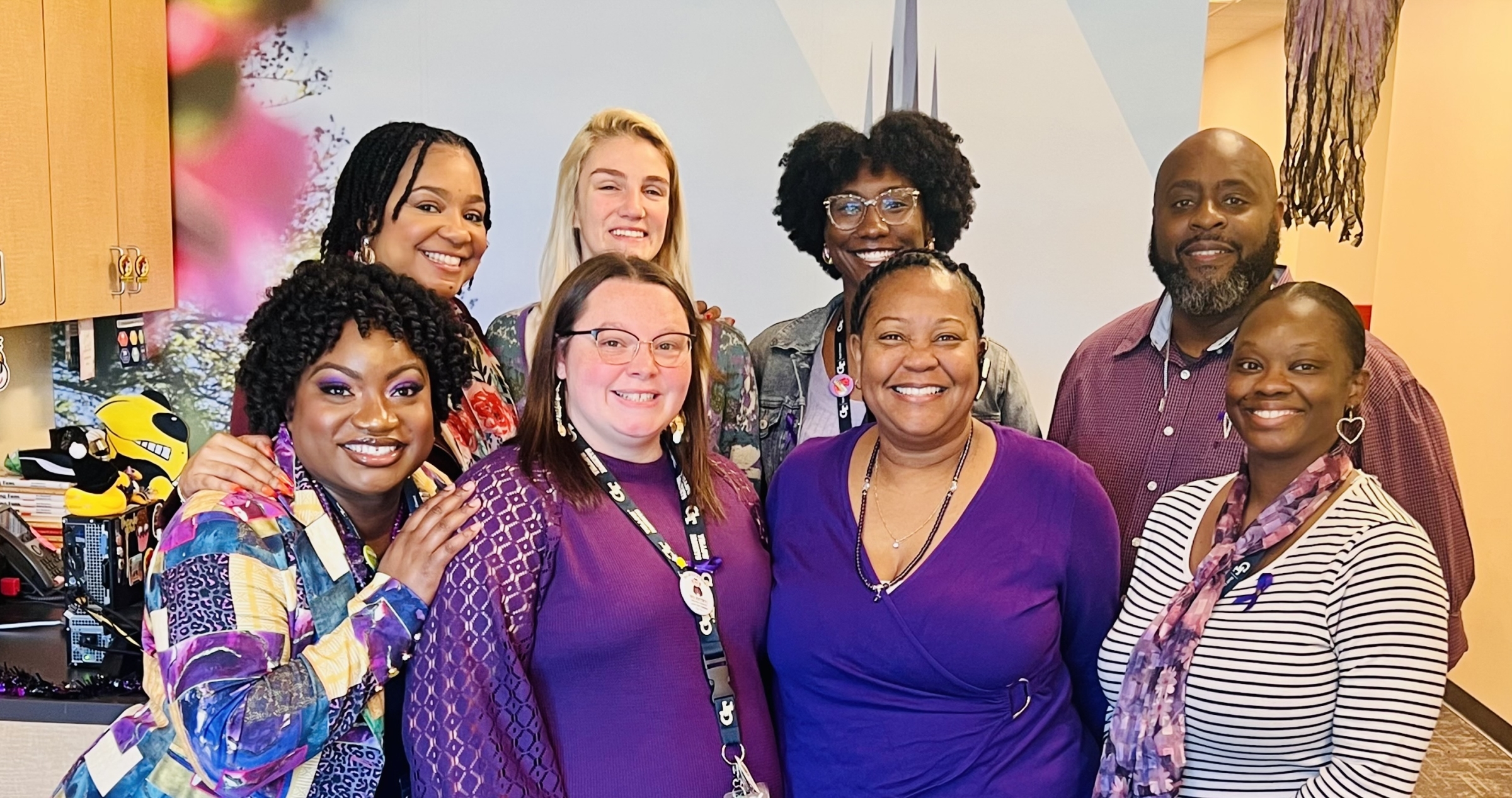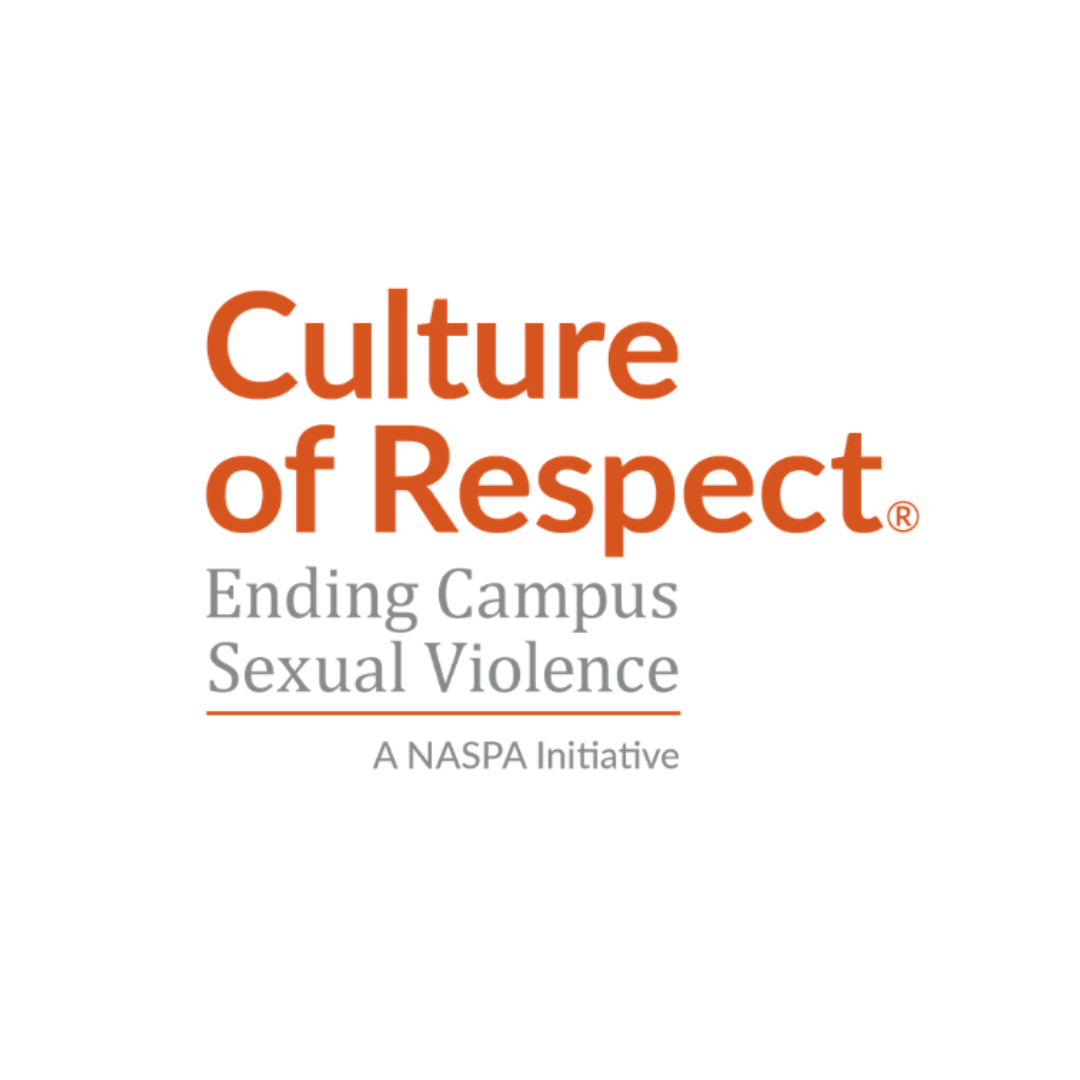
Sexual violence remains a pervasive issue for students at institutions of higher education. It impacts all communities on campus. Women in college are three times more likely to experience sexual assault compared to all women2. Men are also at increased risk while in college and are statistically 78% more likely than men the same age who are not enrolled in college to experience sexual violence3. In a 2019 GLSEN study, 83% of lesbian, bisexual, gay, trans, non-binary, and queer students experienced sexual harassment or assault based on their identity3. One in four non-Hispanic Black women in the United States is raped in their lifetime1. One in three Hispanic women reports unwanted sexual contact in their lifetime1. Additionally, 39.2% of adults with disabilities have experienced sexual violence4. With so many impacted by sexual violence, particularly in college communities, we must find ways to prevent and address sexual violence.
Sexual violence is an umbrella term that includes any form of unwanted sexual attention, contact, or activity.
Some forms of sexual violence include:
- Sexual Harassment
- Sexual Assault
- Dating Violence/Domestic Violence
- Stalking
To learn more about how Georgia Tech defines these, access the Sexual Misconduct Policy.
Focus on Community Action
Prevention is critical. To end sexual violence, we all need to take part in learning more and finding ways we can make a difference at Georgia Tech. Ending sexual violence is not clear-cut or easy. The social dynamics that create the conditions for sexual violence are complex and require us to challenge sometimes normalized cultural narratives that reinforce values, ideas, systems, and structures that allow sexual violence to persist.
Learn more about how your community can take action and take ownership in preventing sexual violence.
(text and background only visible when logged in)
Community Action
Learn more about how your community can take action and take ownership in preventing sexual violence.
(text and background only visible when logged in)
(text and background only visible when logged in)
Brave Peer Educators
BRAVE Peer Educators have specialized training to facilitate conversations in their community surrounding sexual violence prevention topics.
(text and background only visible when logged in)
(text and background only visible when logged in)
Culture of Respect
The Culture of Respect is a campus-wide initiative that brings together students, faculty, staff, and university administrators to address Georgia Tech’s prevention and response to sexual misconduct and violence.
(text and background only visible when logged in)
It Starts with Me!
Individuals can make changes in how they respond to harm they witness by being confident in their ability to intervene and by having a variety of tools to act if needed. Bystanders are critical in stopping and responding to sexual violence. Friends, dating partners, parents, and other trusted individuals are often the first responders when something potentially harmful is about to happen or has occurred, and they are essential in reducing harm afterward.
Additionally, individuals can learn more about building healthy intimate and sexual relationships by understanding consent, the components of a healthy relationship, and how to recognize the dynamics within unhealthy relationships.
(text and background only visible when logged in)
Bystander Intervention
Learn more about the 4’Ds of bystander intervention and strategies you can use to support a safer Georgia Tech Community.
(text and background only visible when logged in)
(text and background only visible when logged in)
Healthy Relationships
Building healthy relationships is a critical part of our lives. Learn more about healthy relationships and ways you can identify unhealthy patterns in a relationship.
(text and background only visible when logged in)
Request a Presentation
To learn more about how you can start to make a difference, request a presentation for your organization, Greek chapter, lab group, startup company, etc.
A Note about Risk Reduction:
Risk reduction techniques can potentially reduce your risk of experiencing sexual violence. It is always good to consider these, but it’s important to understand that sexual violence occurs only when someone chooses to commit it. Most instances of sexual violence are perpetrated by someone we know and trust, which makes reducing risk challenging when the person causing harm is someone we don’t think we need to protect ourselves against.
Some suggested risk reduction techniques are:
- Talk with your friends before going out and make firm plans about alcohol consumption, leaving together as a group, or indicating if you are comfortable leaving with someone else.
- Do not leave a friend somewhere, even in a dorm room, without first talking with them to ensure they feel comfortable being alone with someone.
- Discuss how you typically behave when drunk so friends can identify out-of-character behavior.
- Have a point person in the group you can go to if you need help.
- Pour and get your own drinks so you know how much alcohol you are consuming and what is in your drink. If you put a drink down and lose sight of it, don’t pick it up and drink it again.
- Know your boundaries and feel comfortable setting boundaries with others.
References
-
Basile, K. C., Smith, S. G., Kresnow, M., Khatiwada, S., & Leemis, R. W. (2022). The National Intimate Partner and Sexual Violence Survey: 2016/2017 report on sexual violence. Centers for Disease Control and Prevention. https://www.cdc.gov/violenceprevention/pdf/nisvs/nisvsReportonSexualViolence.pdf
-
Department of Justice, Office of Justice Programs, Bureau of Justice Statistics. (2014). Rape and Sexual Victimization Among College-Aged Females, 1995-2013.
-
Kosciw, J. G., Clark, C. M., Truong, N. L., & Zongrone, A. D. (2020). The 2019 National School Climate Survey: The experiences of lesbian, gay, bisexual, transgender, and queer youth in our nation's schools. New York: GLSEN.
-
Tomsa, R., Gutu, S., Cojocaru, D., Gutiérrez-Bermejo, B., Flores, N., & Jenaro, C. (2021). Prevalence of sexual abuse in adults with intellectual disability: Systematic review and meta-analysis. International Journal of Environmental Research and Public Health, 18(4), 1980. https://doi.org/10.3390/ijerph18041980





